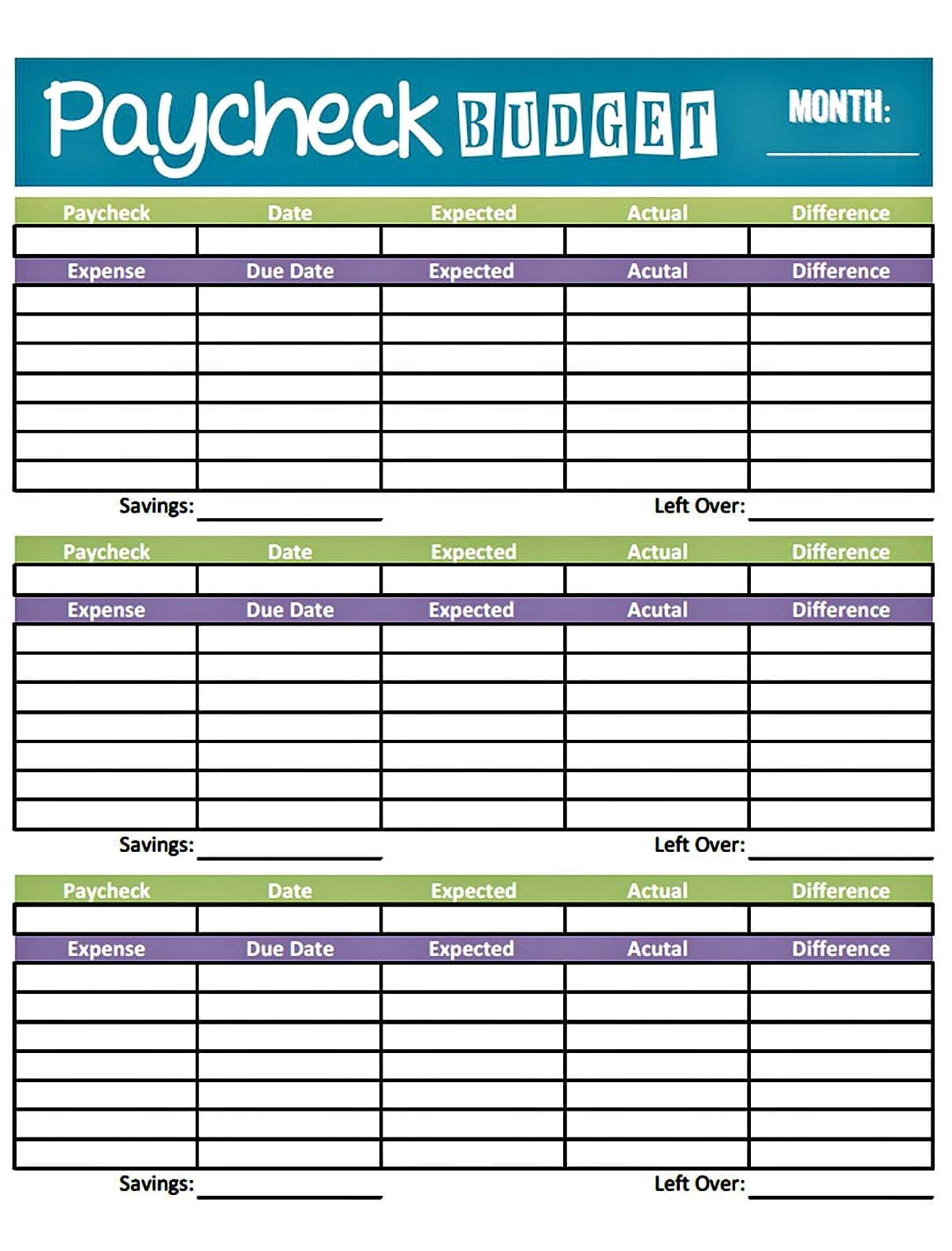

These are also known as “non-discretionary expenses” or “fixed expenses.”Īs you add up these expenses, be sure to think about things you might only pay for once every three months, every six months, or even every year.įor example, if you save money by paying your entire car insurance premium every 6 months, remember to include one-sixth of that amount in your monthly expenses. No matter how much you love Netflix, you could pause it for a month if you had to.) In other words, “have-to” bills include anything you can’t decide to skip. Fuel for your car (or other transportation).Your monthly “have-to” bills are things like:

That’s your average monthly take-home pay.
#Personal budget outline how to
How to Get Started with a Simple Personal Budget Step 1. This guide will walk you through 4 great approaches to personal budgeting, all of which are designed to keep your budget flexible-so you can handle anything life throws at you while keeping your personal monthly budget on track. You can track your budget in a spreadsheet or use a personal budget app to stay on top of your money.įortunately, there are a few basic approaches to personal budgeting that make it much easier to get started, and they all begin with the same first steps. You can keep things at a high level or you can break your spending down into personal budget categories. Creating a simple personal budget always comes down to one thing: keeping your total monthly expenses below your monthly take-home pay.īut there are about as many ways to do that as there are people on the planet.


 0 kommentar(er)
0 kommentar(er)
